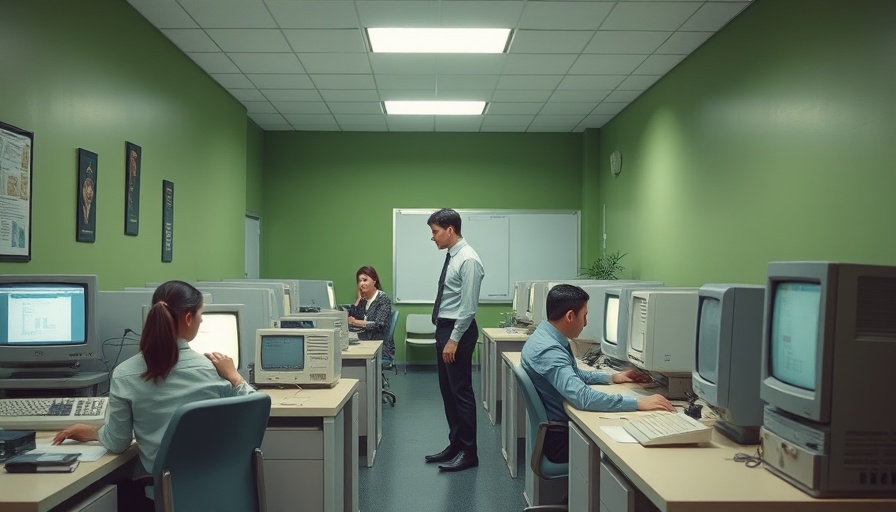
Redefining City Landscapes: The Safra National Bank Tower
Miami is witnessing a new architectural marvel with the recently topped out Safra National Bank headquarters located at 3050 Aventura Boulevard. Designed by the renowned Foster + Partners, this 210-foot building is unlike any other in the metropolitan area. Its striking form, composed of two interlocking prisms, offers a contemporary aesthetic that is both functional and visually captivating.
A Harmonious Blend of Function and Form
The design features a geometric structure that not only enlarges as it ascends but is also adorned with louvres that enhance both aesthetics and environmental performance. As the building's creator, Grant Brooker, notes, this architectural choice generates remarkable spaces at both the base and the crown of the structure, creating dynamic areas for interaction with clients. This is especially significant in a workspace that aims to promote social connectivity among its occupants.
The Importance of Natural Elements in Workspace Design
Foster + Partners have taken a thoughtful approach to materials, employing a combination of steel and anodised aluminum on the exterior while incorporating warmer natural materials like timber and limestone within the building's interior. This design choice emphasizes the importance of creating a comfortable environment—something that digital nomads seeking efficient remote workspaces should consider when looking for inspiration. A well-crafted space can significantly enhance productivity and well-being, echoing the trends in modern workspace design.
Spaces Designed for Connection and Functionality
The Safra National Bank's impressive 37-foot tall lobby welcomes visitors with informal seating arrangements, encouraging social interaction among workers and clients alike—an element crucial for the modern, flexible workspace. As many digital nomads work remotely, creating areas for spontaneous collaboration could significantly enhance their working experience.
Views and Amenities: Redefining Work-Life Balance
This building goes beyond basic office functionality. The uppermost floor, acting as an executive suite, is adorned with meeting rooms, boardrooms, and a lounge area, tailored for hosting important clients. Furthermore, an expansive roof terrace featuring a bar and seating areas allows for a relaxing escape with spectacular city views, leading by example other organizations who prioritize a balanced work-life environment in urban settings.
Setting New Standards for High-Quality Workspaces
As stated by Grant Brooker, the Safra National Bank will set a new benchmark for high-quality workspace in Miami, and potentially stand as a model for future designs that cater to the evolving needs of modern workers. The rise of remote work demands and the push towards more flexible, comfortable office environments are making such advancements in architecture not only welcome but necessary.
Conclusion: Embracing Change in the Work Environment
The Safra National Bank tower represents more than just a new banking facility; it highlights current architectural trends that prioritize connection, functionality, and well-being in the workspace. For digital nomads seeking inspiration to enhance their remote work environments, this bold structure reinforces the notion that thoughtful design can lead to greater human experiences within professional settings.
As you consider your workspace—be it at home or in an office—think about the aspects of environment and functionality highlighted in this innovative design. What changes can you make to foster a better work-life balance in your setting? Strive to create an atmosphere that supports productivity whilst nurturing well-being.
 Add Row
Add Row  Add
Add 




Write A Comment